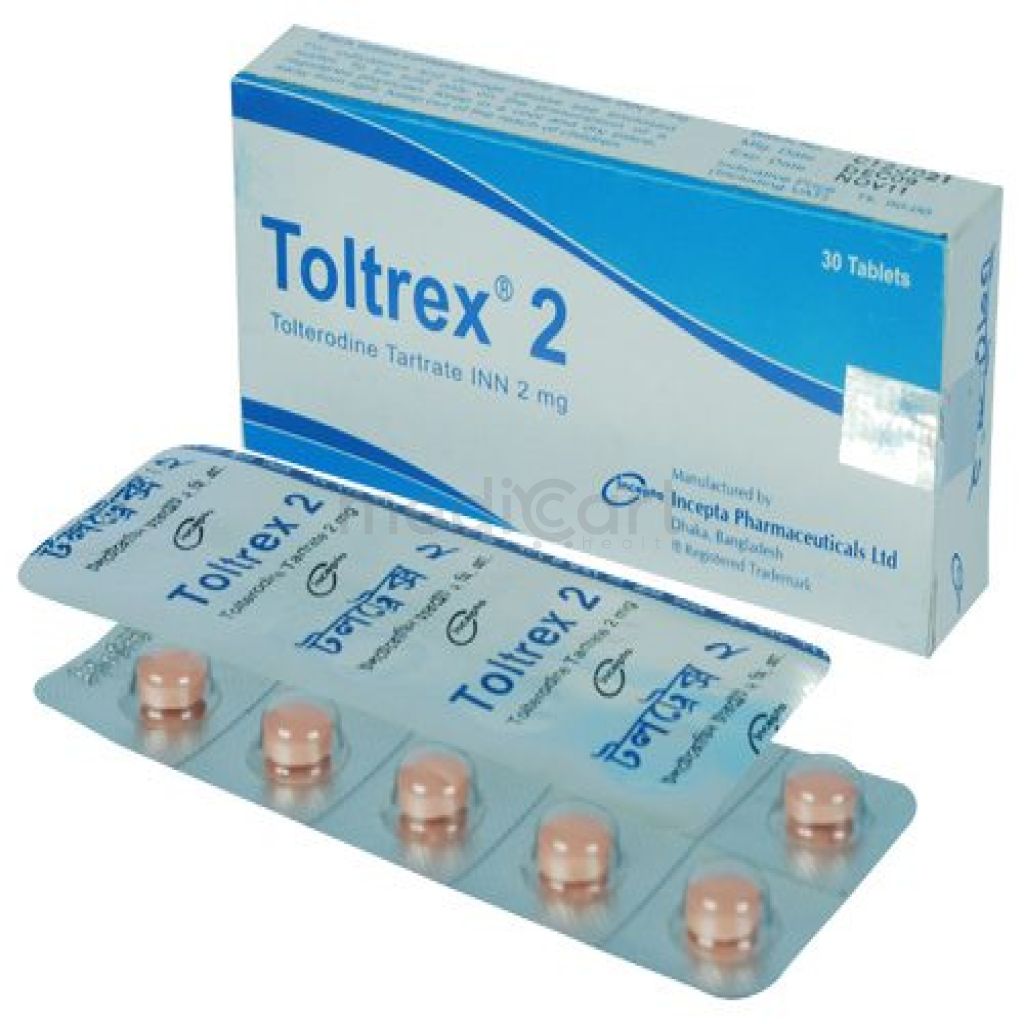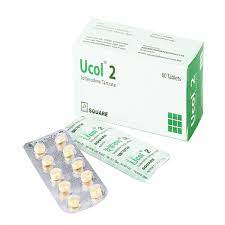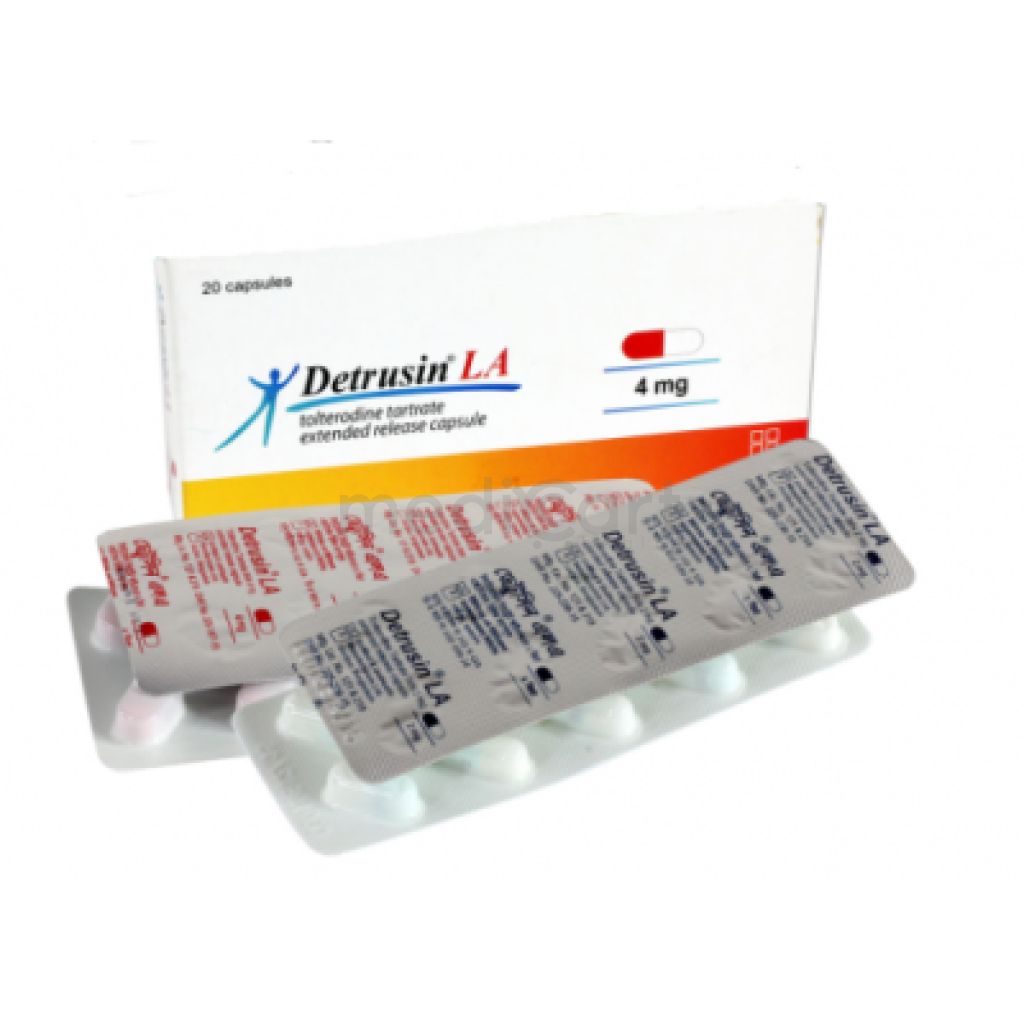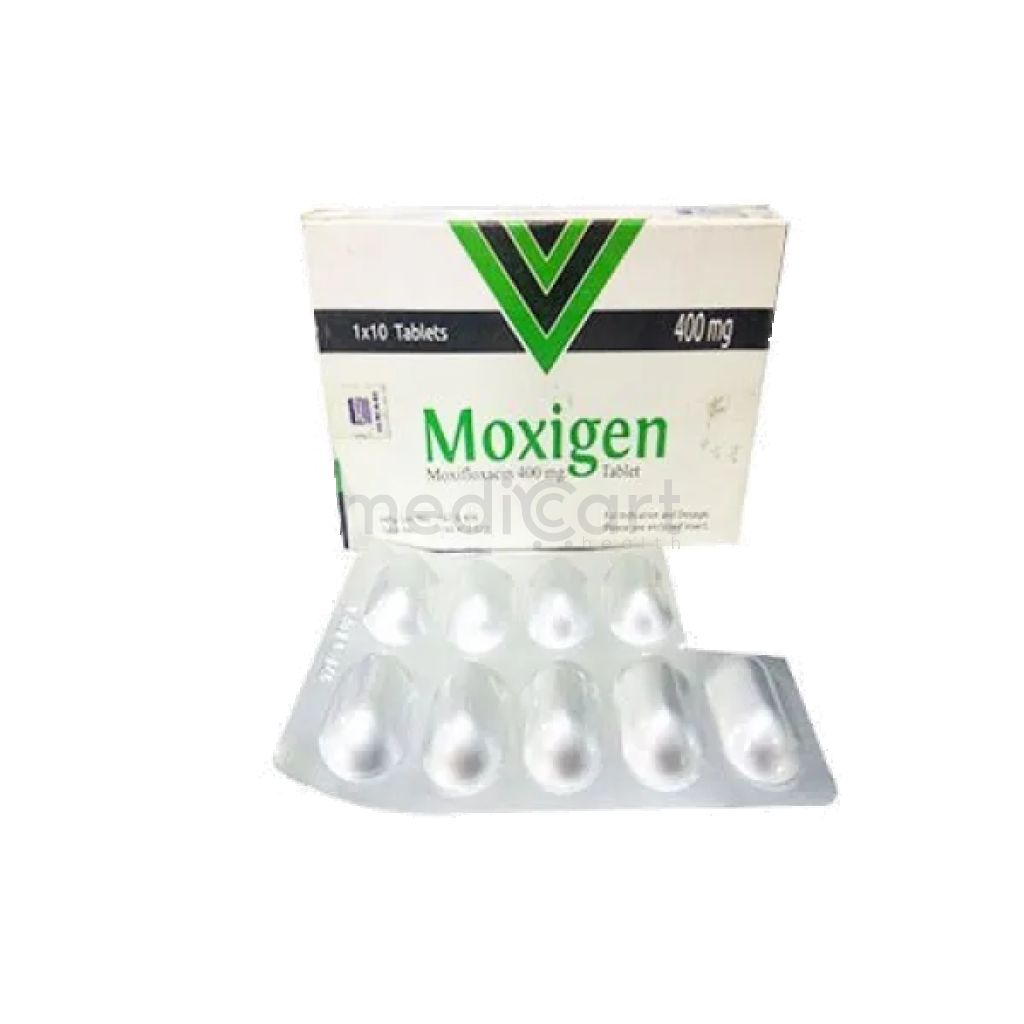

Detrusin la 2mg
Capsule
Pack Size :
10 Capsule x 1 strip
Generics :
Tolterodine Tartrate
Manufacturer :
Unimed & Unihealth Manufacturers Ltd.
Best Price *
TK
80.00
* Delivery will be done in Dhaka city only.
More Information About - Detrusin la 2mg
Description
Generic Name
Tolterodine TartratePrecaution
Bladder flow obstruction, GI obstructive disorders, renal or hepatic impairment, autonomic neuropathy, hiatus hernia, risk of decreased GI motility, patients at risk of QT interval prolongation (e.g. electrolyte disturbances, bradycardia, pre-exisiting cardiac disorder). Lactation: Unknown whether drug is distributed in breast milk; do not nurseIndication
Overactive bladderContra Indication
Severe ulcerative colitis, toxic megacolon, urinary retention, gastric retention, myasthenia gravis, uncontrolled narrow-angle glaucoma, pregnancy.Dose
N/ASide Effect
>10% Dry mouth (40%) 1-10% Blurred vision,Constipation,Dizziness,Drowsiness,Dyspepsia,Headache,XerophthalmiaPregnancy Category
Name : Not Classified
Description
FDA has not yet classified the drug into a specified pregnancy category.Mode of Action
Tolterodine is a competitive muscarinic receptor antagonist with actions similar to atropine. It is used in the management of urge urinary incontinence, urgency and frequency.Interaction
Increased risk of overdosage with potent CYP3A4 inhibitors e.g. macrolide antibiotics (erythromycin and clarithromycin), azole antifungals (e.g. ketoconazole and itraconazole), protease inhibitors, ciclosporin or vinblastine. Increased risk of torsade de pointes with drugs that prolong the QT interval (e.g. class Ia and class III antiarrhythmics). Increased risk of 'cholinergic neurogenic hypersensitivity' with centrally acting anticholinesterases (e.g. donepezil, rivastigmine). Increased risk of antimuscarinic side effects with antimuscarinic drugs.Pregnancy Category Note
Pregnancy There are no available data with use in pregnant women to inform drug-associated risks; in animal reproduction studies, oral administration of tolterodine and its 5-HMT metabolite to pregnant mice during organogenesis did not produce adverse developmental outcomes at doses approximately 9 to 12 times the clinical exposure at a dose of 20 mg/kg/day; however, higher doses produced adverse developmental outcomes Lactation There is no information on presence in human milk, effects on breastfed infant, or on milk production; based on limited data, tolterodine is excreted into milk in mice in low amounts; the development and health benefits of breastfeeding should be considered along with mother?s clinical need for therapy and any potential adverse effects on breastfed infant from drug or from underlying maternal conditionAdult Dose
Oral Overactive Bladder, Urge Incontinence Immediate release: 2 mg PO q12hr. Reduce to 1 mg bid if needed to reduce side effects. Extended release: 2-4 mg PO once daily Hepatic impairment Mild to moderate (Child-Pugh class A or B): Not to exceed 1 mg PO q12hr (immediate release) or 2 mg PO once daily (extended release) Severe (Child-Pugh class C): Not recommendedChild Dose
Child < 18 years: Not recommendedRenal Dose
Renal impairment CrCl 10-30 mL/min: Not to exceed 1 mg PO q12hr (immediate release) or 2 mg PO once daily (extended release) CrCl <10 mL/min: Not recommendedAdministration
N/ADisclaimer
The information provided herein are for informational purposes only and not intended to be a substitute for professional medical advice, diagnosis, or treatment. Please note that this information should not be treated as a replacement for physical medical consultation or advice. Great effort has been placed to provide accurate and comprehensive data. However, Medicart along with its authors and editors make no representations or warranties and specifically disclaim all liability for any medical information provided on the site. The absence of any information and/or warning to any drug shall not be considered and assumed as an implied assurance of the Company.







